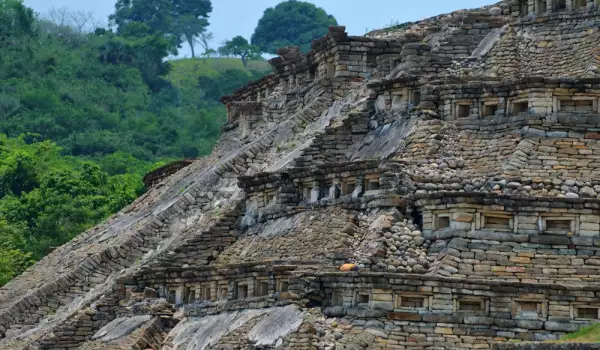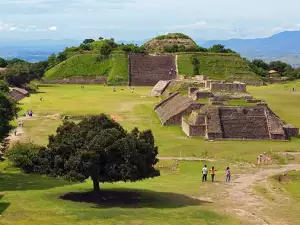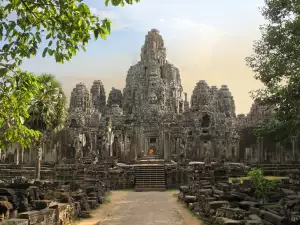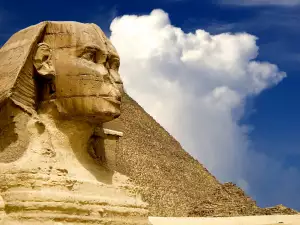Mexico, known as the country whose territories were inhabited by one of the most ancient civilizations, surely has something to offer to anyone excited about its historical past. Because of its specific soil type and climate, many of the secrets of its ancient cities have been discovered and are now available to the public.
The archaeological site El Tajín, though not quite as famous as Chichen Itza or Palenque, has been included in UNESCO's world heritage sites because of its significance. Not nearly as much has remained intact within it, when compared to the aforementioned cities but that which has remained untouched over the centuries is the Pyramid of the Niches. It is known by many names, including Pyramid of Papantla, Temple of the Niches or simply El Tajín.
The Pyramid of the Niches is unique. Many historians argue over the name El Tajín, but most agree that it comes from the language of the Totonacs, in which "Ta" means "a lot" and "jín" means "smoke", i.e. the name El Tajín should be translated as the place of a lot of smoke. After conducted studies, scientists have come to the conclusion that during frequent rainfall in the Gulf of Mexico, the stones of the cascading pyramid that have been heated by the sun begin to give off steam, and if seen from afar, it looks as though the entire pyramid is aflame.
The pyramid itself is built from decorated stone tiles, the heaviest being around 17600 lbs (8 tons). After analysis, it became clear that initially the pyramid was painted in a dark red color with black decorations, which paled over time. Today, it looks the way it looked thousands of years ago, not taking into account the lack of dyes. The structure itself is intact and the creatures that look like snakes, that have been carved in the upper tiles of the pyramid, are seen quite clearly.
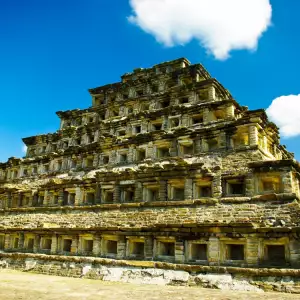
The structure of the pyramid is also unique. It has a square base and in the vertical sides of its 6 terraces, there are 365 carved niches, the same amount as the number of days in a year. There are also niches under the stairway, which reaches to the top, but it is believed that they were built later by the Toltecs, which had entered the region during the 10th century.
In contrast to the Great Pyramid of Giza, as well as most pyramids in Egypt, the pyramid at El Tajín was made for multiple burials, since its niches were intended to harbor the souls of all those who had died during the day. This also explains the number of niches.
Unfortunately, it is not exactly known how the pyramid looked originally, since after the Totonacs, the Toltecs appeared, who made several changes. They built more niches under the stairway, thereby exceeding the number of 365, which for decades mislead historians and researchers.
You can visit the pyramid at El Tajín at any time during the year, but it is preferable to avoid the rain season. It is also good to know that the annual Cumbre Tajín festival is held there every March and if you have the opportunity to plan your trip ahead of time, this would surely be the most appropriate moment.
